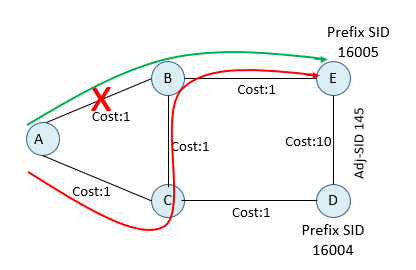In the MPLS Data plane, we have a lot of experience over P2P L2VPN services. SRv6 can provide same functionality with MPLS Data plane and MPLS VPN label. Instead of MPLS Tunnel label and VPN label we can use Segment Routing Header (SRH). SRH is a new type of IPv6 Routing Extension Header. Any kind of function …






